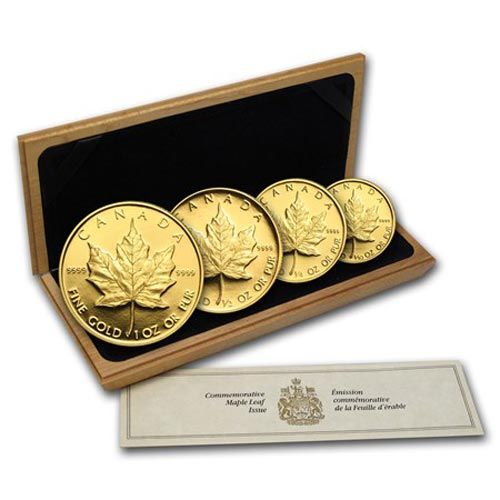What are you looking for?
Search


2013 China 1 oz Gold Panda BU (Sealed)
Your purchase is guaranteed to match the quality of the product shown. It will not be this exact item.
- Product Details
Product Details
Coin Highlights:
- Contains 1 oz of .999 fine Gold.
- Each coin comes sealed in the original plastic as issued directly from the People's Bank of China.
- Obverse: Depicts the Hall of Prayer for Abundant Harvests in the Temple of Heaven in Beijing encircled by the phrase "People's Republic of China" in Chinese closed off by the year of issue, 2013.
- Reverse: Features a trio of pandas drinking from a stream, resting against a wall of bamboo trees.
- Guaranteed by the People's Bank of China.
Enhance your existing Chinese Gold Panda collection with this highly sought after coin. Add the 2013 1 oz Gold Chinese Panda coin to your cart today!
- Specifications
PRODUCT SPECIFICATIONS
- Product ID:71284
- Year:2013
- Grade:Brilliant Unc
- Grade Service:None
- Denomination:500 Yuan
- Mint Mark:Not Shown
- Metal Content:1 troy oz
- Purity:.999
- Thickness:2.70 mm
- Diameter:32.05 mm
- History
The Chinese Gold Panda is cherished by people all around the world for its high Gold content and its various designs that always feature the beloved black and white panda. First issued in 1982 by the People’s Republic of China, these bullion coins are made of .999 fine Gold. These Gold bullion coins are struck at various mints across China including the Beijing Mint, the Shenzhen Mint, the Shanghai Mint and the Shenyang Mint.
In 2016, to better appeal to international investors and collectors, the sizes of the coins were changed from troy ounces to grams. Although not exact conversions, the new sizes are the closest metric equivalent to ounces. These sizes now include: 1 gram, 3 grams, 8 grams, 15 grams, 30 grams, 50 grams, 100 grams and 150 grams.
The Chinese Gold Panda is among the few bullion coins to change its design annually, with one exception. In 2001, a freeze of the design was announced, so coins produced in 2001 and 2002 had identical designs. However, after customer protest, China reverted back to its original policy and in 2003 the coin had a new design. The reverse of the coin always features at least one panda, usually in its natural habitat. Since its issuance, the obverse of the coin has featured the iconic Temple of Heaven in Beijing.
The Temple of Heaven was constructed from 1406 to 1420 by the Yongle Emperor who was also responsible for the construction of the Forbidden City, the Temple of Sun, the Temple of Earth and the Temple of Moon. The Temple of Heaven was built so the emperor could pray to the heavens for a bountiful harvest. The symbolism within the temple is as beautiful as the building itself. The entire temple is surrounded by two walls that divide it in half. The northern half is circular in shape, representing Heaven, while the southern half is rectangular, representing Earth. The Hall of Prayer has four inner, twelve middle and twelve outer pillars that represent the four seasons, twelve months and twelve traditional Chinese hours respectively. There are four main supportive, dragon-shaped pillars that each represent a different season and twelve internal pillars that symbolize the lunar months. The dark blue roof tiles represent Heaven and the Seven-Star Stone Group represents the seven peaks of Taishan Mountain, a place the classical Chinese dedicated to worshipping the heavens. In 1998, the Temple of Heaven was declared to be a World Heritage Site by UNESCO and was praised as “a masterpiece of architecture… [that] had a profound influence on architecture and planning in the Far East for many centuries.”

One of the world’s oldest and most popular gold bullion coin programs, the Canadian Gold Maple Leaf debuted in 1979.





